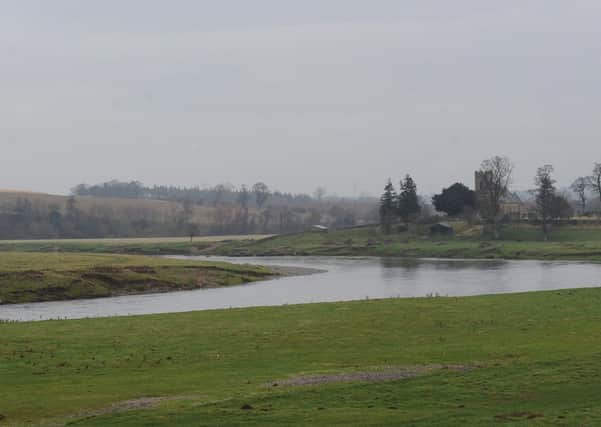Historian hopes to settle debate over real Battle of Carham date


The anniversary of the battle that settled the River Tweed as the border between England and Scotland is drawing near, but there is confusion over whether the battle fought in 1016 or 1018 and its exact location.
Historians have long argued about the actual year of the Battle of Carham, sometimes referred to as the Battle of Coldstream and often described as more of a skirmish than a battle.
Advertisement
Hide AdAdvertisement
Hide AdThe North-east and Scottish Borders Battlefields Trust, who are in the early stages of planning the commemoration, are looking for guidance from experts before deciding whether to mark the anniversary in 2016 or 2018.
Battlefields Trust member Clive Hallam-Baker and Scottish Borders Council’s archaeology officer Dr Chris Bowles, are due to meet a senior history lecturer tomorrow after which they hope to at least be able to come to a decision about which year to mark the anniversary.
“It’s an important conflict, although it may have been little more than a skirmish,” said Clive Hallam-Baker.
“Scotland and England didn’t exist as such, but it brought the border of Northumbria down from Fife to the Tweed.
“There is a place on the Ordnance Survey Map near Wark that is marked ‘battle site’ but at the moment we don’t even know where the River Tweed ran a thousand years ago.”
The battle was fought between Malcolm II, King of Alba, and Earl Uchtred of Bamburgh and his Northumbrian army. The earl was killed in combat. Malcolm II, King of Scots, was victorious and went on to annex Lothian from England, extending Scotland’s territories further. He ruled until his death in 1034.
The Bishop of Durham, Aldhun, was reported to have died of a ‘broken heart’ when told of the loss. Again, historians are divided about whether it was the result of the Battle of Carham that saw Scotland’s hold on the Lothians strengthen, or whether the area was granted to Kenneth II by the English king Edgar the Peaceful in 973.
Once thing that is certain is that there are no surviving details of the battle itself other than the outcome – a Scottish victory.
Advertisement
Hide AdAdvertisement
Hide AdAfter Carham, much of present-day Scotland was under the control of Malcolm II. However further north, Norsemen still held the upper hand in Ross, Caithness, Sutherland, and the Isles.
The Lords of Galloway remained semi-independent and it wasn’t until King David I of Scotland (born 1084) that people in the south-east of the kingdom started to consider themselves as Scots.
Even King David continued to refer to the men of Lothian as English.
Mr Hallam-Baker added: “The anniversary of the battle is significant with the possibility of Scotland becoming independent again and if that happens and Alex Salmond wants Berwick back we can argue the case!”
The relationship between England and Scotland remained fraught. As well as investigating the Battle of Carham, the Battlefield Trust are also researching the Battle of Homildon Hill, near Wooler in 1402.
Scots forces took advantage of political unrest in England in 1402 and advanced south as far as Newcastle, but were intercepted on their return home – loaded down with booty – and soundly beaten at the Battle of Homildon Hill.